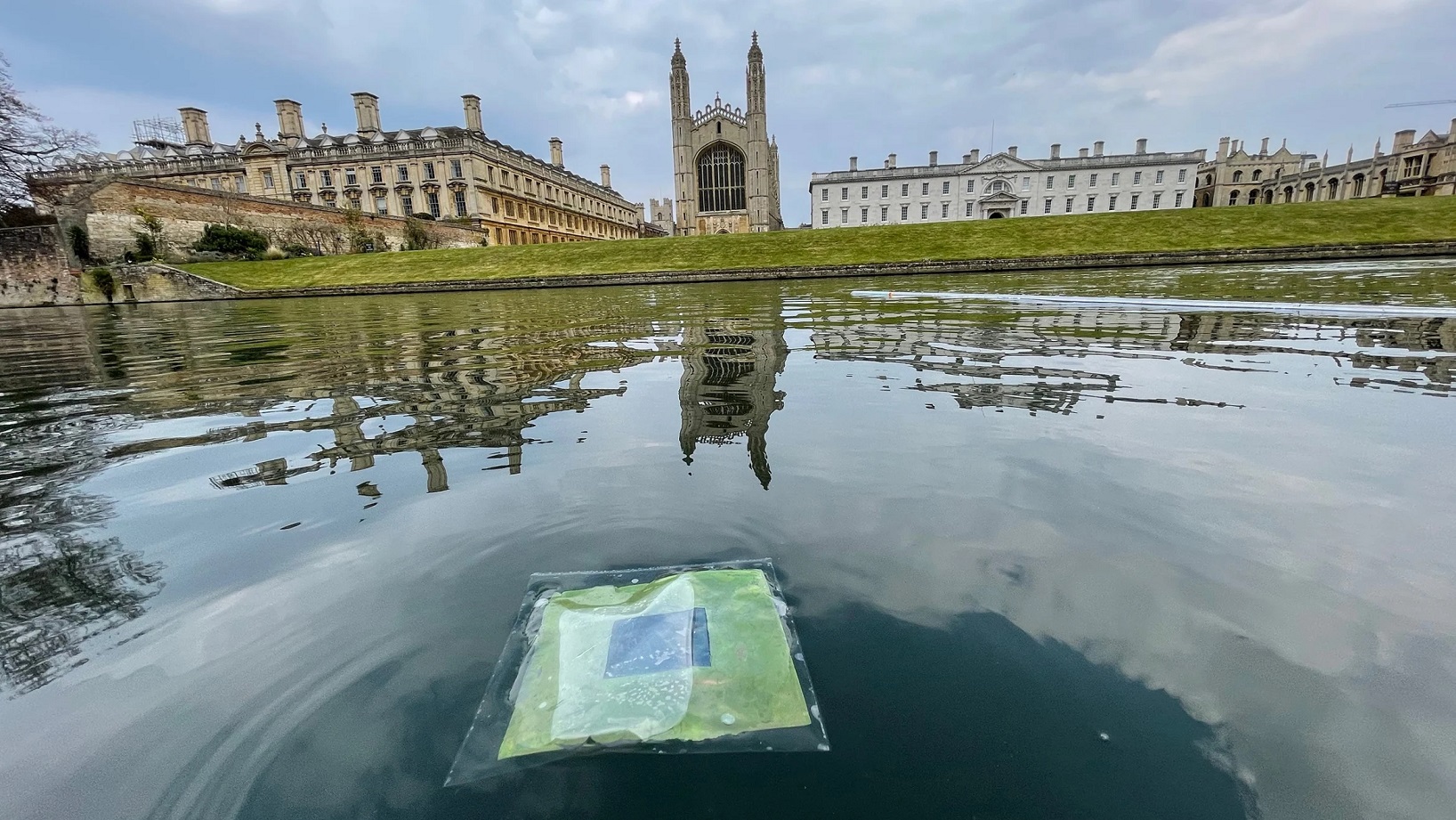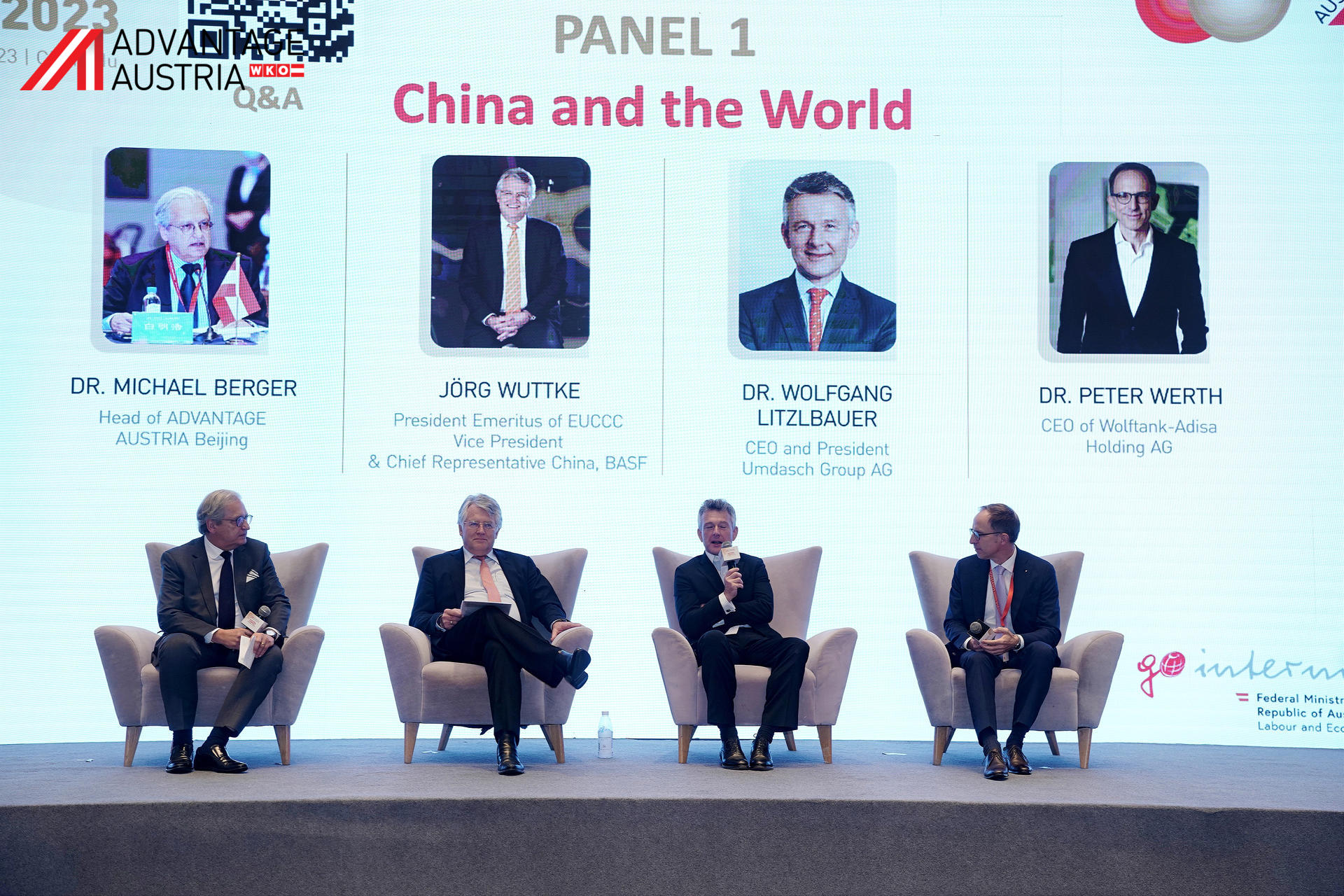A research group from the University of Cambridge, UK, has been devoting itself to the production of artificial leaves for some years now; inspired by the process of photosynthesis, the team, led by Austrian chemist Erwin Reisner, has been addressing the question of whether a similar process might also be possible using artificial means. While natural leaves transform sunlight, water and CO2 into sugars and oxygen, the artificial leaves are to generate sustainable energy, and the first prototype was unveiled in 2019.
The latest refinement of the project has proved something of a sensation; the “artificial leaf” has previously only been able to operate in clean water, but now it can float on water using a nano-structure, carbon-based net that keeps dirt away from the photo-catalytic converter. The net absorbs light, heats up, and generates clean water vapour; the photo-catalytic converter can then use UV light to break the steam down into hydrogen and oxygen. A portion of the steam can also be captured as clean water.
This means that the artificial leaf can manufacture both green energy and drinking water, and such results could be of interest in remote areas in particular, and make a positive difference. The climate crisis, environmental pollution and health are all closely interrelated and, though there is still much work to be done here, it has been possible to lay a foundation that can help to find solutions to these problems.
Not only has British prime minister mentioned the Cambridge researchers’ latest achievements in a recent speech, but Reisner’s group has also been awarded the Royal Society’s Hughes Medal; in addition, the International Union for Pure and Applied Chemistry (IUPAC) rated the system as one of the ten best up-and-coming technologies in chemistry last year.
Video: Artificial Photosynthesis (in LEGO; Reisner Lab)




